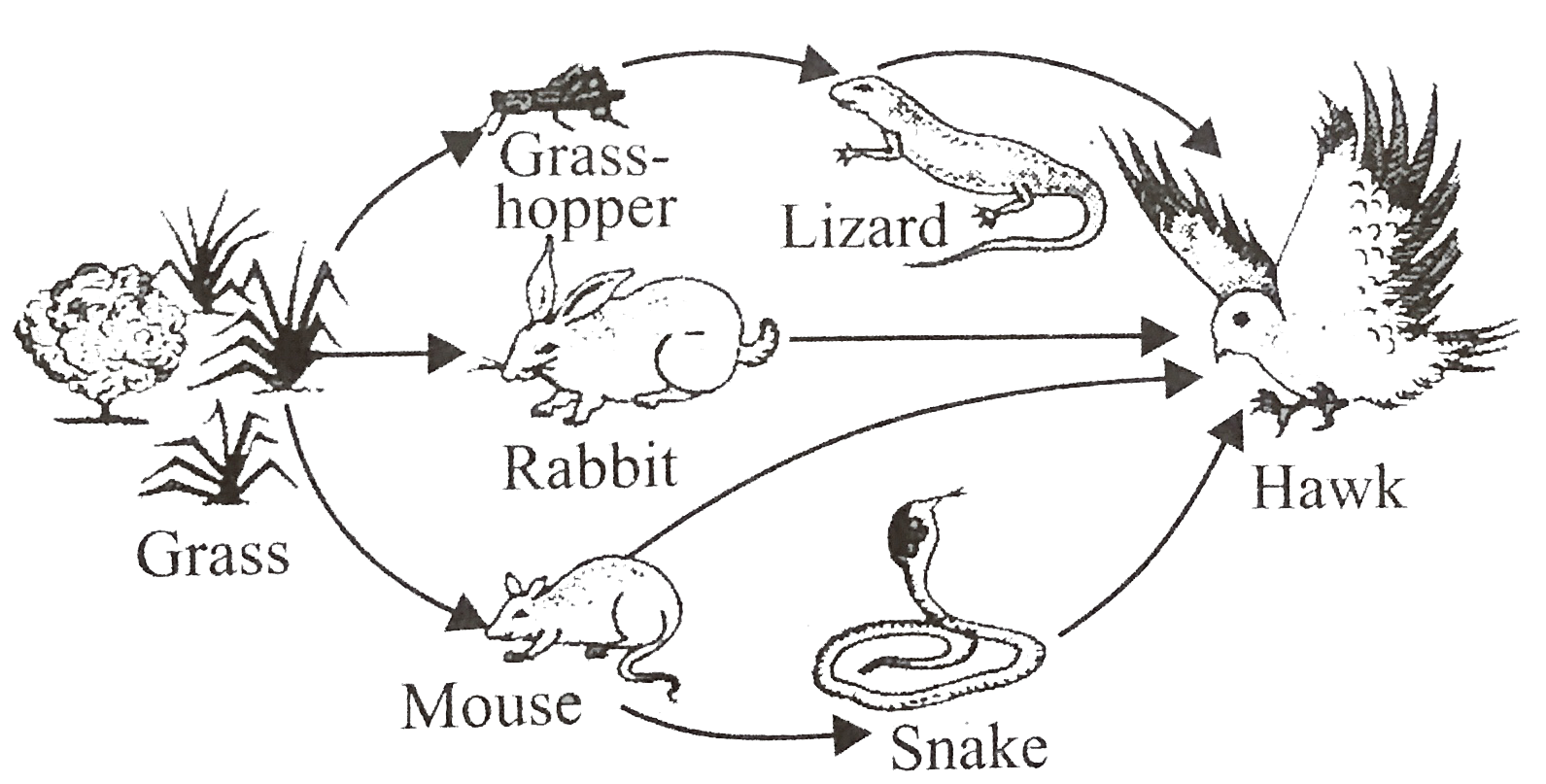Increased IMR and decreased MMR in a population will
cause rapid increase in growth rate
result in decline in growth rate
not cause significant change in growth rate
result in explosive population
The correct Answer is:B
To solve the question regarding the implications of increased Infant Mortality Rate (IMR) and decreased Maternal Mortality Rate (MMR) on population growth, we can follow these steps:
Step 1: Define IMR and MMR
- Infant Mortality Rate (IMR): This is the number of infant deaths (under one year of age) per 1,000 live births in a given year. An increase in IMR indicates that more infants are dying, which can lead to a decrease in the overall population growth as fewer infants survive to adulthood.
- Maternal Mortality Rate (MMR): This is the number of maternal deaths (related to pregnancy and childbirth) per 100,000 live births. A decrease in MMR suggests that fewer mothers are dying during childbirth, which can contribute positively to population growth since more mothers survive to raise their children.
Step 2: Analyze the Effects of Increased IMR
- An increased IMR means that more infants are dying. This leads to a reduction in the number of individuals who can grow into adults, ultimately leading to a decline in the population growth rate.
Step 3: Analyze the Effects of Decreased MMR
- A decreased MMR means that fewer mothers are dying during childbirth. This allows more women to survive and raise children, which can increase the population growth rate since more births can occur without the risk of maternal death.
Step 4: Combine the Effects
- In the scenario presented, we have:
- Increased IMR (decreases population growth)
- Decreased MMR (increases population growth)
- Since one factor (IMR) is decreasing the population growth rate while the other factor (MMR) is increasing it, the overall effect on population growth can be seen as a balance between the two.
Step 5: Conclusion
- Therefore, the combined effect of increased IMR and decreased MMR will not cause a significant change in the overall growth rate of the population.
Final Answer
- The correct option is: "not cause significant change in growth rate."
---
- Infant Mortality Rate (IMR): This is the number of infant deaths (under one year of age) per 1,000 live births in a given year. An increase in IMR indicates that more infants are dying, which can lead to a decrease in the overall population growth as fewer infants survive to adulthood.
- Maternal Mortality Rate (MMR): This is the number of maternal deaths (related to pregnancy and childbirth) per 100,000 live births. A decrease in MMR suggests that fewer mothers are dying during childbirth, which can contribute positively to population growth since more mothers survive to raise their children.
- An increased IMR means that more infants are dying. This leads to a reduction in the number of individuals who can grow into adults, ultimately leading to a decline in the population growth rate.
- A decreased MMR means that fewer mothers are dying during childbirth. This allows more women to survive and raise children, which can increase the population growth rate since more births can occur without the risk of maternal death.
- In the scenario presented, we have:
- Increased IMR (decreases population growth)
- Decreased MMR (increases population growth)
- Therefore, the combined effect of increased IMR and decreased MMR will not cause a significant change in the overall growth rate of the population.
- The correct option is: "not cause significant change in growth rate."
Topper's Solved these Questions
- BOOK - NCERT FINGERTPS ENGLISHCHAPTER - REPRODUCTIVE HEALTHEXERCISE - ASSERTION-REASON15videos
REPRODUCTIVE HEALTH
- BOOK - NCERT FINGERTPS ENGLISHCHAPTER - REPRODUCTIVE HEALTHEXERCISE - Reproductive Health133videos
REPRODUCTIVE HEALTH
- BOOK - NCERT FINGERTPS ENGLISHCHAPTER - REPRODUCTIVE HEALTHEXERCISE - HOTS5videos
REPRODUCTIVE HEALTH
- BOOK - NCERT FINGERTPS ENGLISHCHAPTER - REPRODUCTION IN ORGANISMEXERCISE - All Questions137videos
REPRODUCTION IN ORGANISM
- BOOK - NCERT FINGERTPS ENGLISHCHAPTER - SEXUAL REPRODUCTION IN FLOWERING PLANTSEXERCISE - Sexual Reproduction In Flowering Plants145videos
SEXUAL REPRODUCTION IN FLOWERING PLANTS
Similar Questions
Knowledge Check
- Question 1 - Select One
In the given food web, and increase in the population of hawks will not result in
 Adecrease in the population of rabbits and sankesBdecrease in the population of mouseCdecrease in the population of lizardsDincrease in the population of grasshoppers.
Adecrease in the population of rabbits and sankesBdecrease in the population of mouseCdecrease in the population of lizardsDincrease in the population of grasshoppers. - Question 2 - Select One
Which of the following would necessarily decrease the density of a population in a given habitat ?
ANatality and mortalityBImmigration and emigrationCMortality and emigrationDNatality and immigration
Increasing and decreasing Functions
View SolutionWhich factors would necessarily decrease the density of a population in a given habitat ?
View SolutionWhich of the following would necessarily decrease the density of a population in a given habitat ?
View SolutionIn the given food web, an increase in the population of hawks will not result in
 View Solution
View SolutionMortality and _________ contribute to a decrease in population density.
View Solution[A] : The food webs are very important in maintaining the stability of an ecosystem in nature .
[R] : The decrease in the population of rabbit would naturally cause an increase in the population of alternative herbivores e.g. , mouse .View Solution

